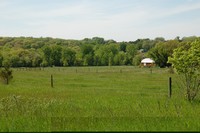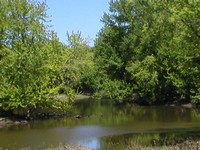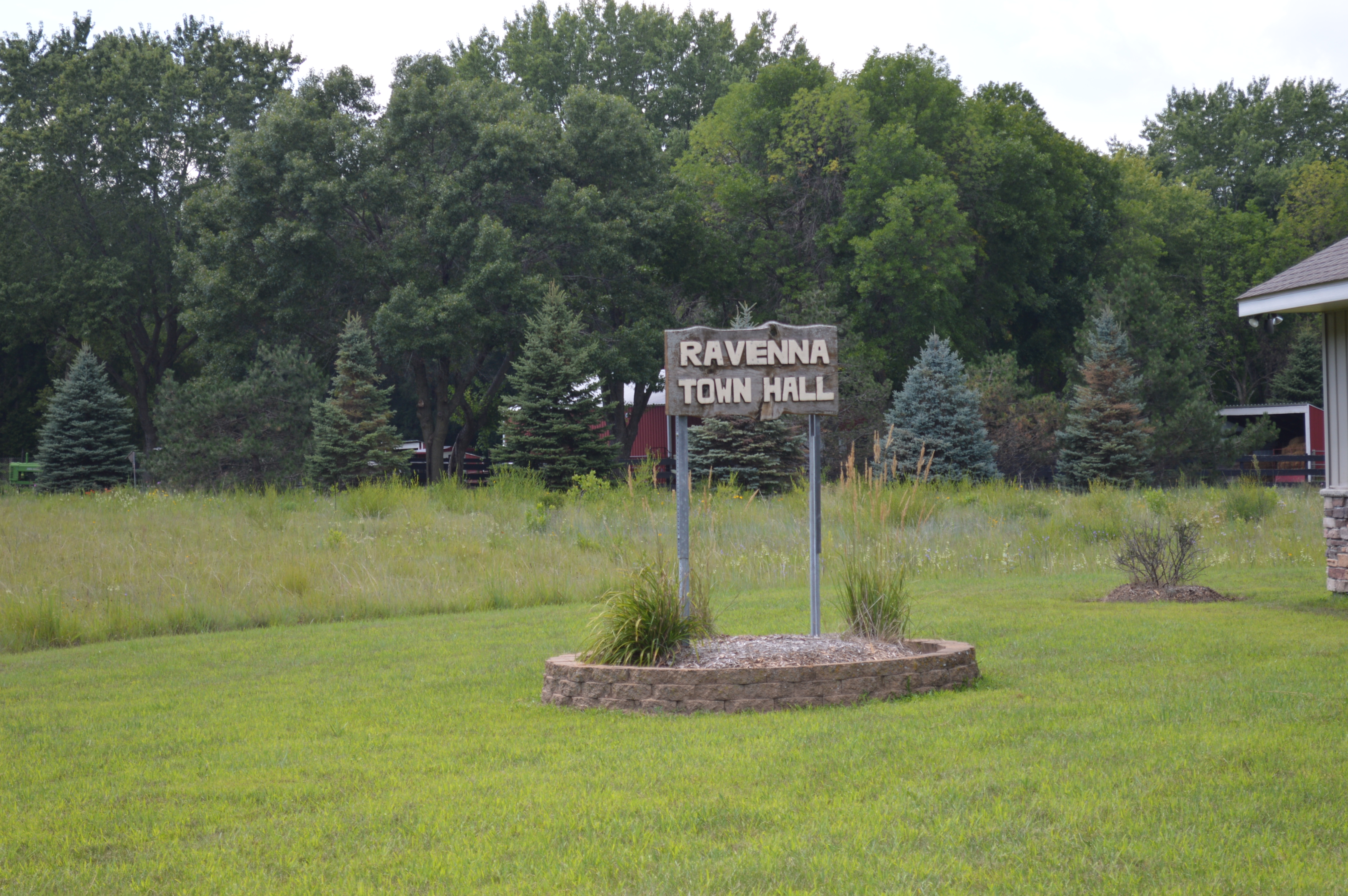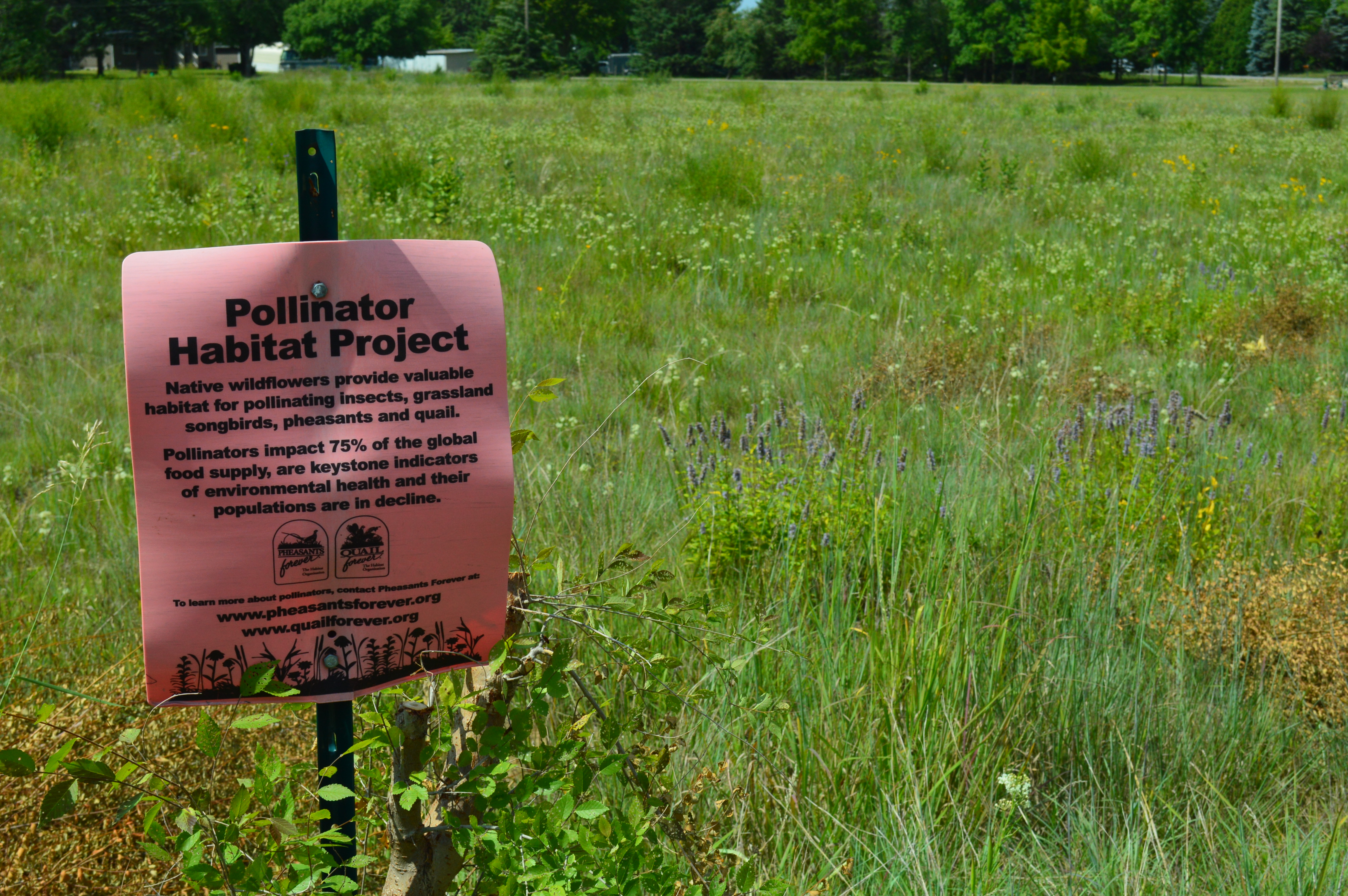The answer to this frequently asked question is stated in the following ordinance 01-2021:
101.9 Animals
The keeping of animals is permitted within the RR-1 District subject to the following regulations. The keeping of animals in relation to an animal feedlot may be subject to additional animal feedlot regulations:
1. The keeping of animals requires a minimum lot size of 1 acre and must comply, to the extent applicable, with the regulations related to animal feedlot contained in Section 203.2, including registration when required.
2. The maximum animal density allowed is as follows:
Acreage Animal Units
1 – less than 3 .2
3 – less than 5 2
5-- less than 7 3
7--less than 9 4
- Property owners that have animals in excess of these maximum density limits as of June 10, 1999 shall be allowed to keep those animals, provided that no additional animals are added to the property and when the animals that existed on the property as of June 10, 1999 are permanently removed the property must come into compliance with the maximum densities.
What is an animal unit?
Animal Unit: A unit of measure used to compare differences in the production of animal manure that employs as a standard the amount of manure produced on a regular basis by a slaughter steer or heifer for an animal feedlot or manure storage area calculated by multiplying the number of animals of each type in clauses (1) to (9) by the respective multiplication factor and summing the resulting values for the total number of animal units. The following multiplication factors apply:
(1) one mature dairy cow, whether milked or dry:
(i) over 1,000 pounds, 1.4 animal units; or
(ii) under 1,000 pounds, 1.0 animal unit;
(2) one cow and calf pair, 1.2 units;
(3) one calf, 0.2 unit;
(4) one slaughter steer, 1.0 animal unit;
(5) head of feeder cattle or heifer, 0.7 unit;
(6) one head of swine:
(i) over 300 pounds, 0.4 animal unit;
(ii) between 55 pounds and 300 pounds, 0.3 animal unit; and
(iii) under 55 pounds, 0.05 animal unit;
(7) one horse, 1.0 animal unit;
(8) one sheep or lamb, 0.1 animal unit;
(9) one chicken:
(i) one laying hen or broiler, if the facility has a liquid manure system, 0.033 animal unit; or
(ii) one chicken if the facility has a dry manure system:
(A) over five pounds, 0.005 animal unit; or
(B) under five pounds, 0.003 animal unit;
(10) one turkey:
(i) over five pounds, 0.018 animal unit; or
(ii) under five pounds, 0.005 animal unit;
(11) one duck, 0.01 animal unit; and
(12) for animals not listed in clauses (1) to (8), the number of animal units is the average weight of the animal in pounds divided by 1,000 pounds.
 (1).png)



